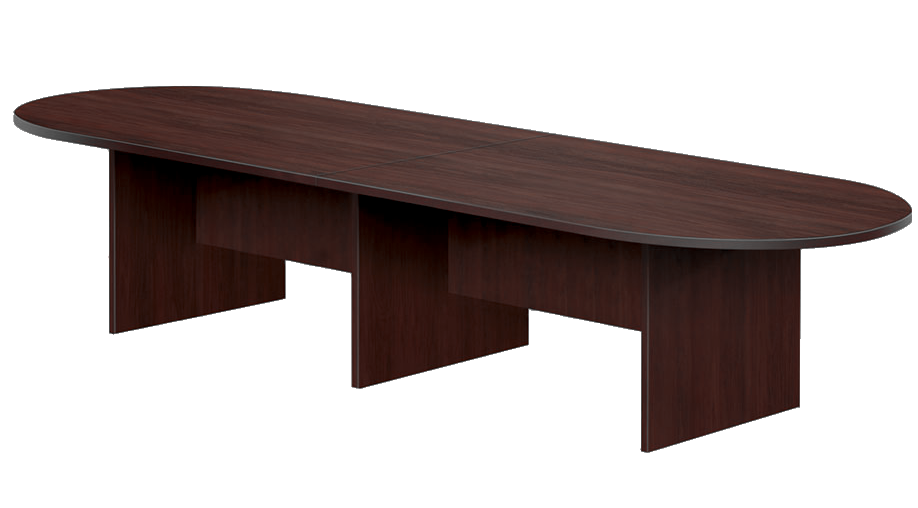
In today’s fast-paced business environment, the design and functionality of conference room tables have become critical elements in fostering collaboration and innovation. Modern offices are shifting towards more dynamic workspaces that reflect both style and practicality. As companies strive to create an inviting atmosphere, understanding the latest trends in conference room tables can help ensure that your office remains at the forefront of design and efficiency. Here, we explore the top five trends that are reshaping conference room tables for modern offices.
1. Sustainable Materials
Sustainability is no longer just a buzzword; it’s a necessity in modern office design. Many businesses are opting for conference room tables made from eco-friendly materials. Reclaimed wood, bamboo, and recycled metal are popular choices that not only reduce environmental impact but also add a unique aesthetic appeal to the workspace.
Why It Matters: Using sustainable materials aligns your business with eco-conscious values, attracting clients and employees who prioritize sustainability. Additionally, these materials often have a unique charm, providing a conversation starter during meetings.
Tips for Implementation:
- Look for certified sustainable wood sources.
- Consider using composite materials that combine recycled content with new resources.
2. Modular and Flexible Designs
As the traditional office layout evolves, so too do the needs of conference room spaces. Modular and flexible table designs allow for quick reconfiguration to accommodate various meeting sizes and styles. This adaptability is essential in today’s collaborative work culture, where teams frequently change and projects evolve.
Why It Matters: Flexibility promotes a dynamic work environment, making it easier for teams to adapt to their meeting needs. Modular tables can be rearranged to foster collaboration or separated for smaller gatherings, enhancing overall productivity.
Tips for Implementation:
- Invest in tables with locking mechanisms for stability.
- Choose lightweight materials that are easy to move.
3. Technology Integration
In the age of remote work and digital communication, integrating technology into conference room tables is essential. Tables that come equipped with built-in power outlets, USB ports, and cable management systems facilitate seamless connectivity for laptops, projectors, and video conferencing tools.
Why It Matters: With remote teams becoming more prevalent, having a tech-friendly meeting space ensures that everyone can participate effectively, regardless of their location. This integration fosters more productive discussions and decision-making processes.
Tips for Implementation:
- Choose tables with integrated power solutions that blend seamlessly into the design.
- Ensure adequate cable management to maintain a clean and professional appearance.
4. Bold Colors and Unique Shapes
Gone are the days of standard rectangular tables in dull colors. Modern conference room tables are embracing bold colors and unique shapes that reflect a company’s culture and brand identity. Curved tables, circular designs, and even asymmetrical shapes are becoming increasingly popular, providing a more inviting and engaging atmosphere.
Why It Matters: A visually appealing conference room can enhance creativity and inspire innovation. Bright colors and unique designs can also reinforce your brand’s identity and make a strong impression on clients and visitors.
Tips for Implementation:
- Consider your brand colors when selecting table finishes.
- Use contrasting colors for chairs and tables to create a vibrant atmosphere.
5. Multi-Functional Spaces
As the lines between work and leisure continue to blur, conference room tables are being designed with multiple functions in mind. Tables that double as collaborative workspaces, lounge areas, or even informal dining spaces are gaining traction. This trend caters to the diverse needs of modern workforces, allowing for casual brainstorming sessions or formal presentations within the same space.
Why It Matters: Multi-functional spaces maximize the utility of your office environment. They encourage informal interactions among employees, fostering a culture of collaboration and creativity while ensuring that your investment serves multiple purposes.
Tips for Implementation:
- Opt for tables with adjustable heights to cater to different activities.
- Incorporate soft seating options nearby to create a more relaxed environment.
Conclusion
Incorporating the latest trends in conference room tables can significantly enhance your office’s functionality and aesthetics. From sustainable materials to technology integration, each trend addresses the evolving needs of modern workspaces. As you consider redesigning or upgrading your conference room, keep these trends in mind to create an inspiring environment that promotes collaboration and productivity.
Investing in the right conference room table is not just about style; it’s about creating a space that reflects your company’s values and supports its mission. By embracing these trends, you can ensure your office remains a vibrant hub of creativity and innovation. Whether you’re starting from scratch or looking to refresh your existing space, these top five trends offer valuable insights into crafting the perfect conference room for your modern office.



